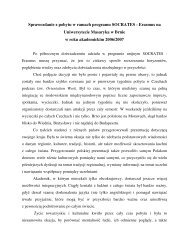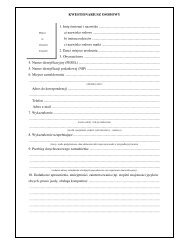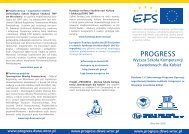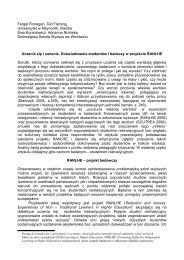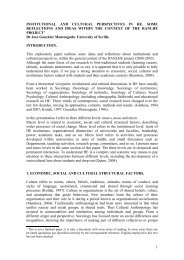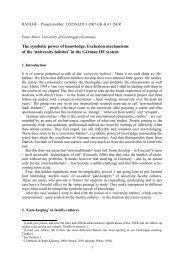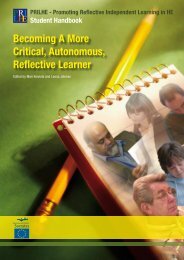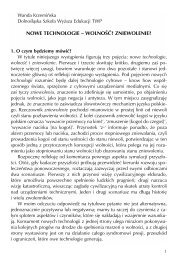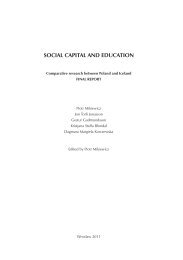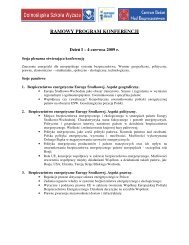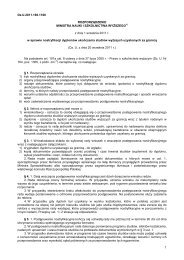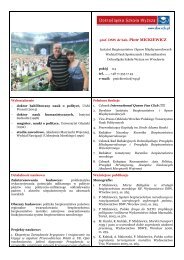Becoming A More Critical, Autonomous, Reflective Learner
Becoming A More Critical, Autonomous, Reflective Learner
Becoming A More Critical, Autonomous, Reflective Learner
You also want an ePaper? Increase the reach of your titles
YUMPU automatically turns print PDFs into web optimized ePapers that Google loves.
PRILHE Project - Lecturer’s Toolkit<br />
Assessment and Autonomy<br />
Assessment is all about making judgements. Developing students’ ability to judge their own performance early in the course,<br />
should lead to a general improvement in their achievement. After students leave higher education, they are likely to be heavily<br />
reliant on their own judgement of themselves and their peers, to estimate how effective they are in a wide variety of professional<br />
contexts. For these reasons, it is important that these skills are developed.<br />
Boud (1988b) explains that<br />
autonomy can be viewed as the goal of education and the development of motivated individuals capable of independence<br />
of thought and problem solving. It can also be viewed in terms of approach to learning, where students make decisions<br />
about what to learn, how to set learning objectives and how to measure achievement. Finally, it can be viewed in<br />
relation to subject matter and understanding and applying a theoretical knowledge base or discipline.<br />
HEIs need to develop in individuals the ability to make their own decisions about what they think and do. Boud (1988a) shows that<br />
independence and autonomy are highly rated goals of teachers and is encouraged to note that this view is shared by students. The<br />
HEI mission therefore needs to be the development of skills of self-directed inquiry rather than just inculcation of course content, to<br />
produce not just knowledgeable persons, but lifelong self-directed learners. This requires different teaching-learning and<br />
assessment strategies.<br />
I learn best … when I can determine the learning objectives, learning contents and the way of assessment selfreliantly<br />
or collaboratively (in a group) and when the learning environment is supporting this very self-directedness.”<br />
(Student, Germany).<br />
Assessment: purposes and types for promoting students’ responsibility, reflection and autonomy<br />
Boud recognises that formative assessment can only have an impact on learning when it influences a student’s own selfassessment.<br />
Research shows that frequent self-evaluation is highly efficacious in enhancing student achievement (Boud,<br />
2000:155). Furthermore, the same author states that “<strong>Reflective</strong> assessment with peers should be encouraged” (ibid).<br />
Self-assessment refers to the involvement of learners in making judgements about their own learning, particularly about<br />
achievements and the outcomes of their learning. It is a way of increasing the role of the students as active participants in their<br />
own learning and it is mostly used for formative assessment to foster reflection on one’s own learning, processes and results<br />
(Dochy et al,1999: 334).<br />
Regarding its implications in educational practice the same authors claim that,<br />
Self- assessment leads to more reflection on one’s own work, a higher standard of outcomes, responsibility for one’s<br />
own learning and increasing understanding of problem-solving. The accuracy of self-assessment improves over time.<br />
This accuracy is enhanced when teachers give feedback on student’ self-assessment.<br />
44<br />
<strong>Becoming</strong> A <strong>More</strong> <strong>Critical</strong>, <strong>Autonomous</strong>, <strong>Reflective</strong> <strong>Learner</strong>





